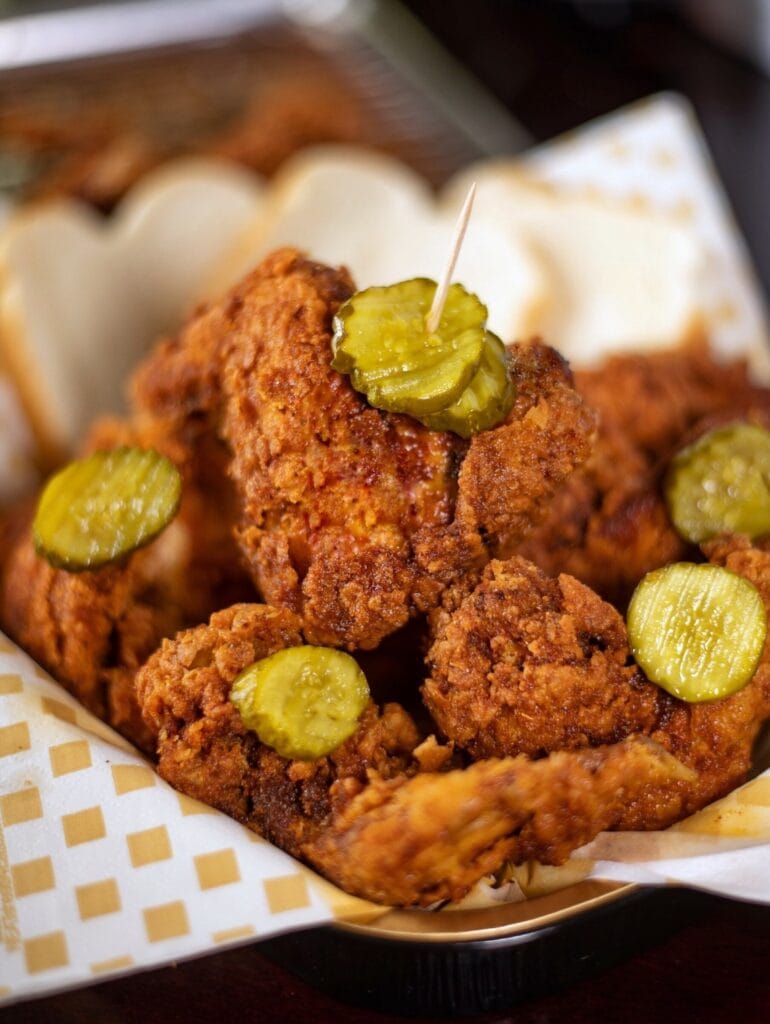Getting My Food To Work

Those consumers that braked with their multiple-times-a-week practice currently go shopping only as soon as every 2 weeks, typically. This is uncomfortable adjustment for fresh, a category that is disposable necessarily. And subject to spoiling means it is not possible for customers to just equip up in equal amounts and also keep fresh food for weeks on end in your home.
Our evaluation of grocery store invoice data shows customers that go shopping for fresh food a minimum of once a week made up about 80% of fresh sales. A decrease in these frequent consumers can't be excellent news for the standard network. The less regular in-store shopping trend might stick for some time.
Transforming what they buy At the start of the pandemic, consumers stockpiled food at a crazy pace. To some level the stockpiling trend is still taking location, with customers suggesting they are still maintaining even more food accessible than they need. This rise sought after and various other stress on supply chains equated into lots of food categories, consisting of fresh food, experiencing stockouts.
One can assume that if a consumer experienced way too many stockouts they would switch their shopping to another store entirelytranslating to an all-or-nothing scenario for the store. Changing prices are lower than ever before now that there are great digital alternatives that remove proximity to residence as an obstacle. Via both equipping up as well as stockouts, customers purchased various brand names and also kinds of food than they normally would have bought.
One shocking takeaway is that majority of respondents left the fresh food classification completely through getting a frozen or processed substitute or going without an alternative. One point they did not report doing is seeking the item out in one more shop throughout this same shopping trip. Nevertheless, boneless wings are maintaining their store brows through to a minimum.
Sales data from this unusual duration can indicate "phantom fads" when there isn't a common sense of the underlying reasons and also consumer choices. When we asked consumers regarding their stockout substitutes, about half stated they often choose the substitute item. These new choices can stick even when the initially liked fresh product is once more readily available.
Forecasting what consumers are most likely to purchase is necessary to maintaining food in stock. Changing what they value Price is still king when it comes to consumer purchase drivers90% of respondents in both 2019 as well as 2020 showed that this standard acquisition driver was necessary. A new variable safetythat up until currently was simply anticipated and not part of consumer concernshas essentially linked with price for very first area.
A recalibration of top priorities on customers' part appears in tune with the here and now times. However, our message to the fresh foods manufacturers is don't be deceived. These vehicle drivers may not be as urgent as rate and security right currently, yet still are very important to 70% or more of customers evaluated.
All customers are not alike, and also the one-of-a-kind characteristics of details customer teams still must be attended to. In 2019, our research study determined three distinct purchaser personalities based on consumers' commitment to the fresh classification: Forwards, Followers, and Neutrals.
As we take another look at the data from 2019, we do not see the very same patterns and groupings that we see currently. To discover our brand-new customer groups, we carried out an analytical evaluation based on feedbacks family member to shopping regularity, amount of fresh food purchased, understandings on price, network usage, stress and anxiety while purchasing, and experience with stockouts.

Comprehending the Contemporary customer This team gives disturbance and also technology for the fresh group. It is in charge of the much-discussed "accelerated fads" the sector is experiencing. Contemporary consumers are a younger team and, for this reason, objectify the consumers of the future, as well as they already have a lot more financial ways at their disposal.
As an example, it isn't regarding whose sticker label is on their apple or banana. Instead, it is a collection of characteristics that define the brand name of fresh. Or possibly much better stated the concept of fresh or photo of fresh. Considering just how contemporary consumers replied to various other attitudinal inquiries, we see they worth qualities, such as much less pollution and also waste, even more than conventional consumers.
At present, many customers have additional time at house and are not travelling. It is modern consumers who find purchasing in-stores the most demanding as well as they are looking for out various ways to access fresh.
